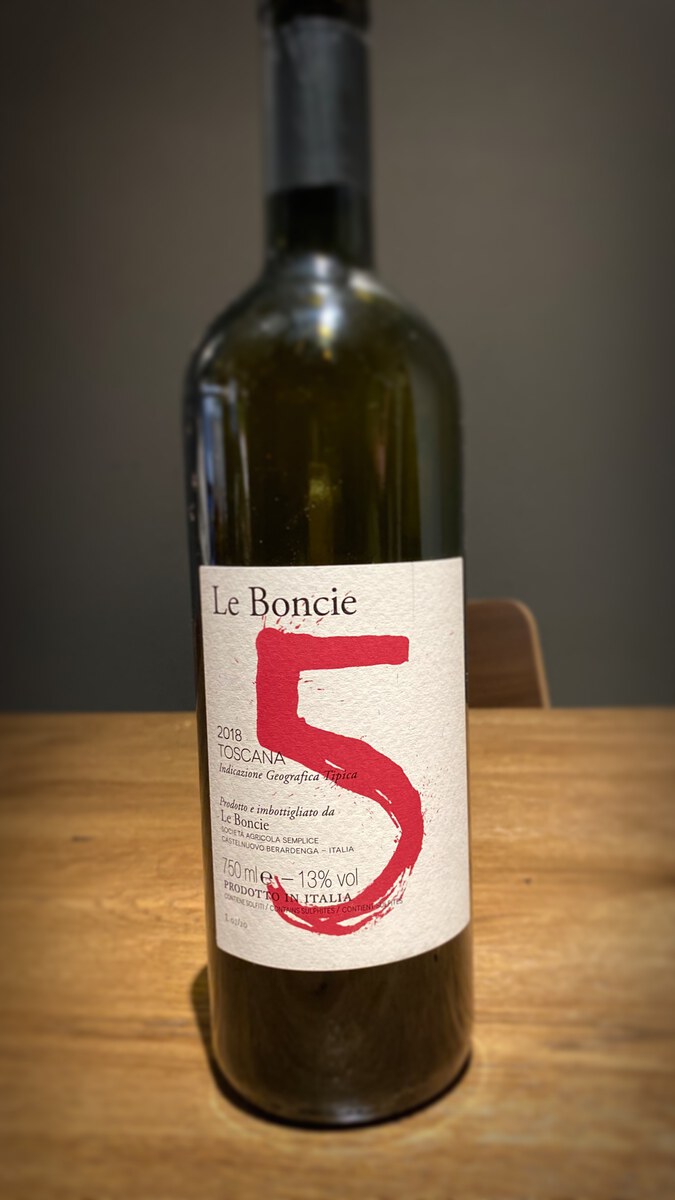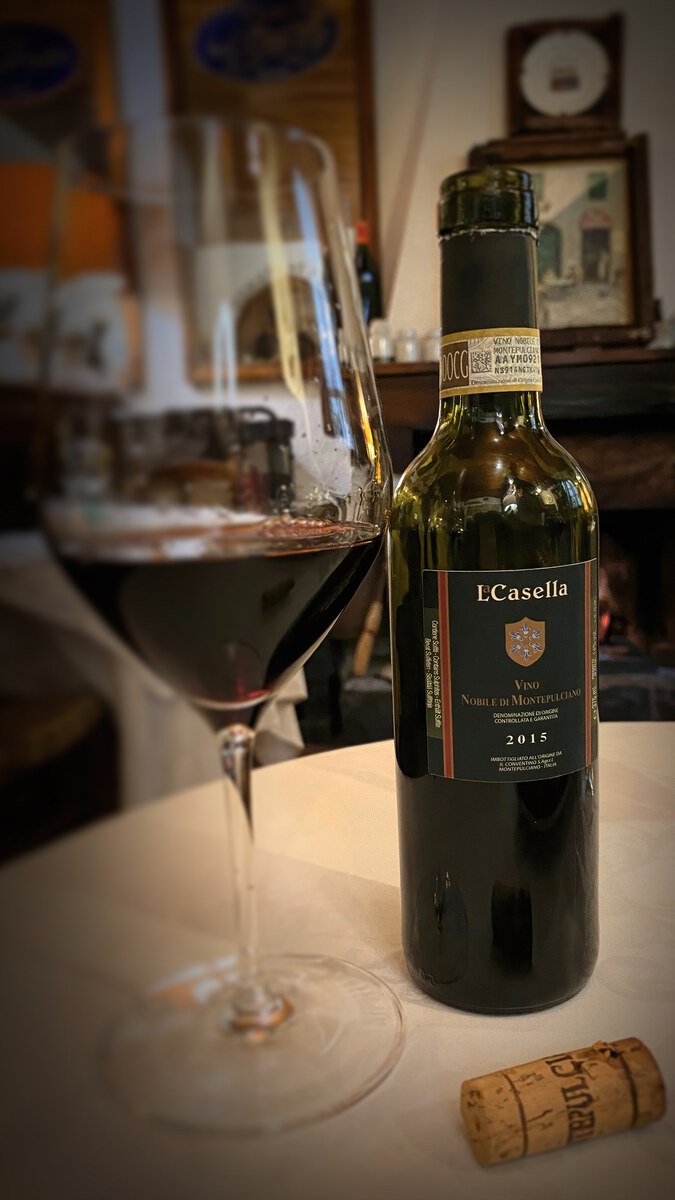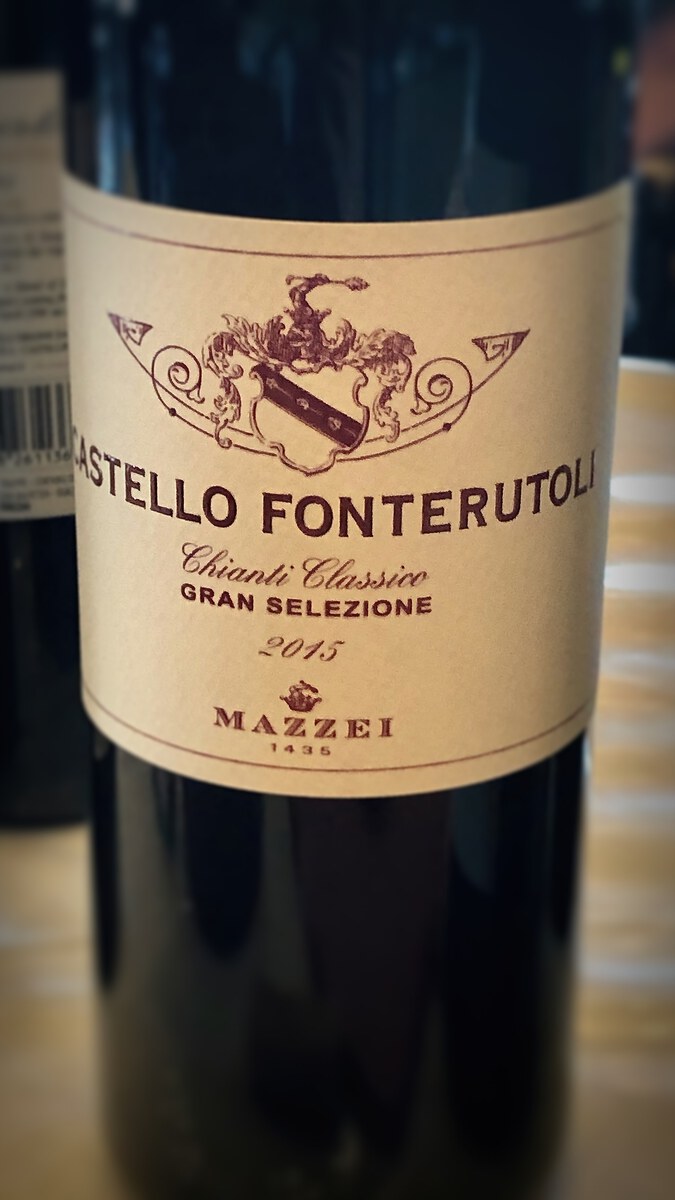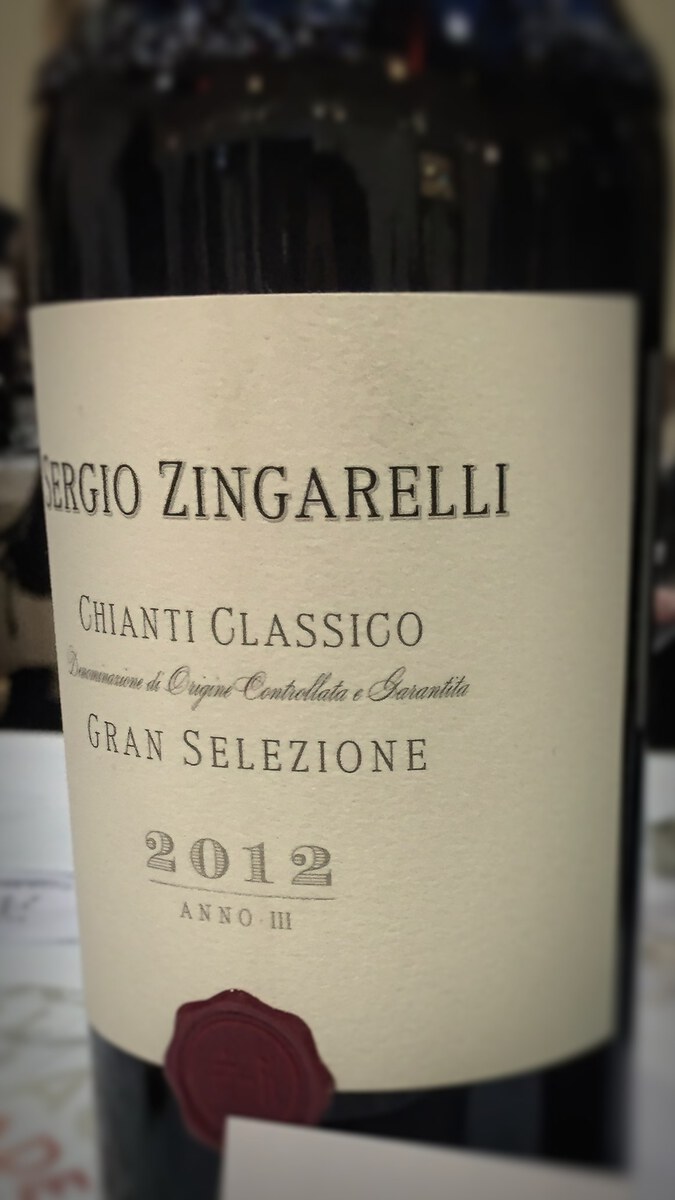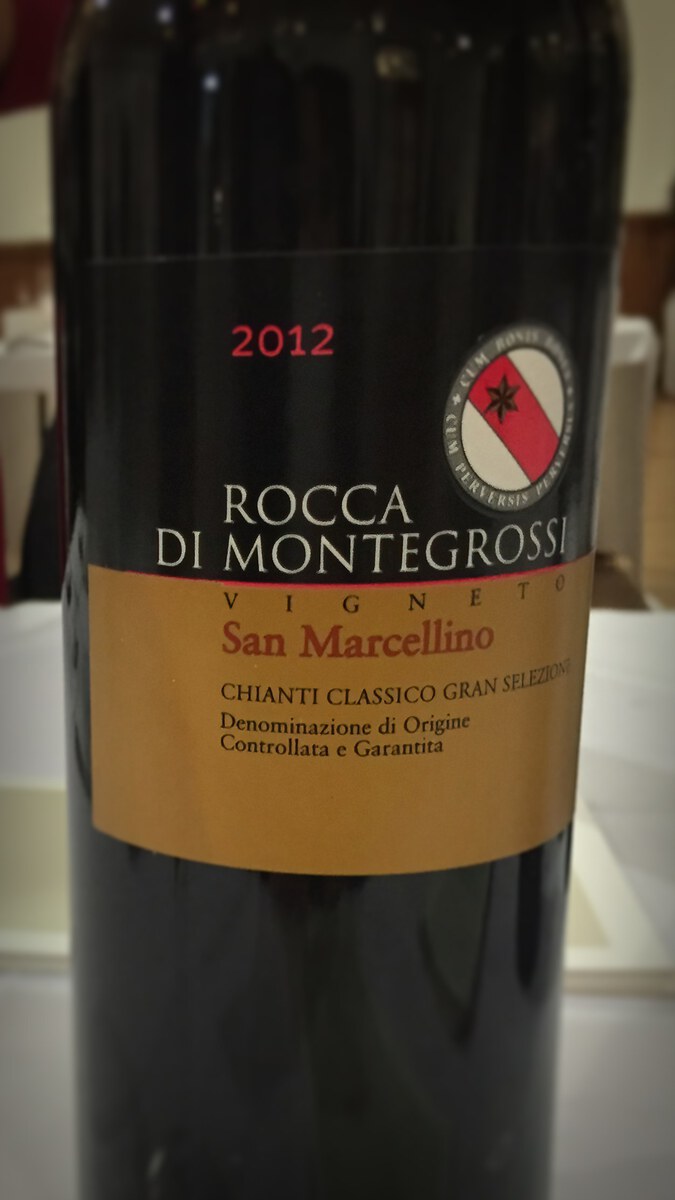Colorino wines
Tasting notes and reviews for colorino wines.
Colorino
In Tuscany, the Colorino grape variety is the most commonly grown. The grape is noted for its dark color and is commonly used as a coloring agent in red blends. Because of its obsession with and use of the governo winemaking method, it played a minor role in Chianti’s history. Colorino, like Canaiolo, did not rot easily when partially dried before being added to fermenting grape must. The grape, however, did not have the same amount of fruit or softening effect as Canaiolo, and it fell out of favor. Tuscan winemakers became more involved in the variety in the late 1980s, seeing parallels between it and the part Petit Verdot plays in Bordeaux blends. Colorino was planted to provide darker colors and structure from phenolic compounds in the thick skin of the grape, but without the overpowering aromatics of Cabernet Sauvignon. The resurgence of Colorino was short-lived, and by the turn of the century, it had returned to a minor position in Tuscan wines.
Podere Le Boncie "5" 2018
Blend of Sangiovese / Mammolo / Foglia Tonda / Colorino
Evolved and elegant. Leather, wet stone, graphite.
La Casella "Vino Nobile di Montepulciano" 2015
Blend of Sangiovese / Colorino / Carnaiolo
Warm with soft tannins. Cherries, licorice, graphite, mushroom.
Castello Fonterutoli "Gran Selezione DOCG" 2015
Blend of Sangiovese / Malvasia Nera / Colorino
Well integrated tannins. Fruity and floral with a hint of spice.
Sergio Zingarelli "Gran Selezione" 2012
Sangiovese / Colorino
Deep and powerful. Berries, tobacco, chocolate.
Rocca di Montegrossi "San Marcellino, Chianti Classico" 2012
Blend of Sangiovese / Canaiolo / Colorino
Firm and powerful. Dark cherry, plum, dried violets.

